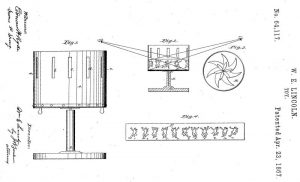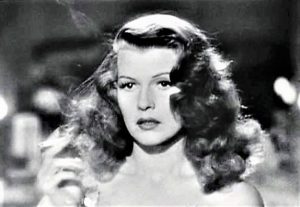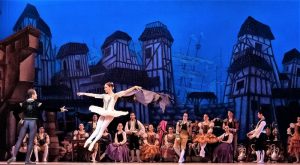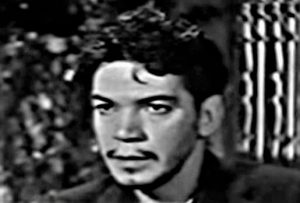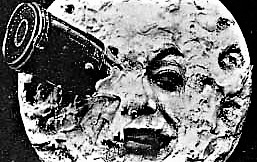Zoetrope
The zoetrope is one of the main objects considered as the precursor of cinema's origin. It consists of an instrument or an optical machine in charge of giving movement to a series of images that are on its interior through a circular movement. When it is rotated, a moving sequence can then be seen through the orifices that the zoetrope possesses. The origin of this instrument is based on the retinal persistence, and basically, it is based on the capacity that our eyes have to retain and process images that are in movement.
What is a zoetrope?
A zoetrope is an object considered to be the cinema precursor. It is an instrument that is in charge through movement, to make that the images represented in it, move through a circular movement through the eye's retinal persistence.
Who invented the zoetrope
This mechanical device was invented by William George Horner in 1834. The first devices were made of metal and wood and it was a great revolution during the 19th century, as adults and children could enjoy it.
History
It is believed that a ceramic bowl found in Iran thousands of years ago could have been the precursor of the zoetrope, this bowl had been decorated with a series of drawings of a goat jumping towards a tree eating the leaves. These images formed a logical sequence and were distributed in such a way, that when the bowl rotated quickly, one could witness the animal’s movement.
The first instruments of this kind that were created, were made in the middle of the 19th century and people made them rotate with their hands to create movement illusion. At the beginning of the twentieth century, zoetropes made of rope began to be elaborated, which had a handle placed on its side, activated by a rope mechanism with the objective of creating an automated cinematographic illusion.
Linear zoetrope
The linear zoetrope is a type of instrument that had a screen with slits placed vertically, and behind them was an image with light. This image was observed by means of the slits that it possessed while advancing along the apparatus. They are very different from cylindrical zoetropes because their geometric composition is totally different.
3D zoetrope
Three-dimensional zoetropes have the same principle as three-dimensional figures. Their inventors were several, but one of the most important was Étienne-Jules Marey who used one to animate a series of plastic figures. Those that we can observe nowadays, do not have a drum with grids, but a strobe light that is used to give light to the figures producing a clearer effect and with less distortion.
How to make a zoetrope
- First, you must draw on a black cardboard two circles with the help of a cd.
- Then, on the same cardboard, draw a rectangle with the following measurements: 40.5 cm x 13.7 cm. Mark a line 1.5 cm from the edge and divide it into 2 cm rectangles. On the opposite edge of the cardboard, mark a horizontal line 5 cm from the edge. Make a 5 cm high strip and divide it into 5×5 cm squares, and then paint rectangles that are 0.5 cm wide apart. Cut the 0.5×5 cm rectangles with a cutter.
- Now look for a white cardboard and draw a rectangle of 43 x 5 cm, then divide it into rectangles of 6 cm.
- Cut the rectangles diagonally so that they measure 2 x 1.5 cm that we made at the beginning forming triangles. This will help us to serve as a flap to glue the base of the zoetrope.
- Staple and tape the black cardboard edges together to form a tube. The rectangles you removed at the beginning must be at a regular distance from each other.
- Fold the triangles from step 4 inwards and glue one of the circles you cut. Tape them together and stick the second circle inside. In the middle of the circles make a small cut to the cardboard in the central position, passing a thick straw.
- Check that it rotates without disassembling.
What follows is to make your own drawing.
On a white cardboard, make 6 x 5 cm squares and make a very simple drawing on them. Place the strip inside the zoetrope with the drawing visible on the inside of the zoetrope. Put your eyes at the height of the holes and turn it make it spin with your hands back and forth. The strip is very easy to exchange as it is not glued to anything. Then, spin your zoetrope at an appropriate speed and you will see your drawings move.
How to cite this article?
Briceño V., Gabriela. (2019). Zoetrope. Recovered on 4 January, 2025, de Euston96: https://www.euston96.com/en/zoetrope/
